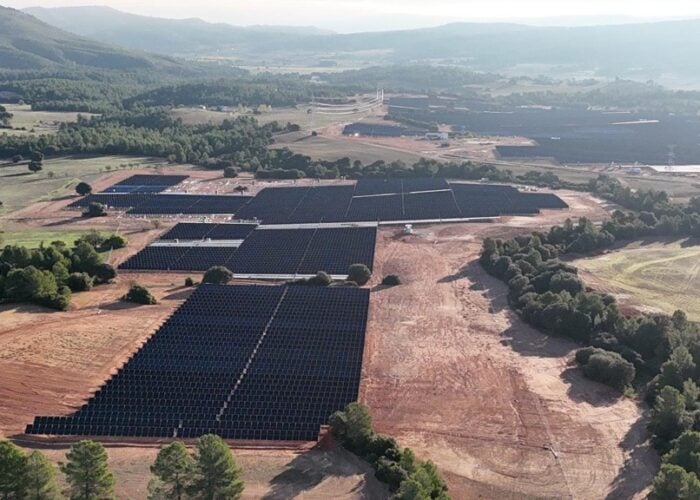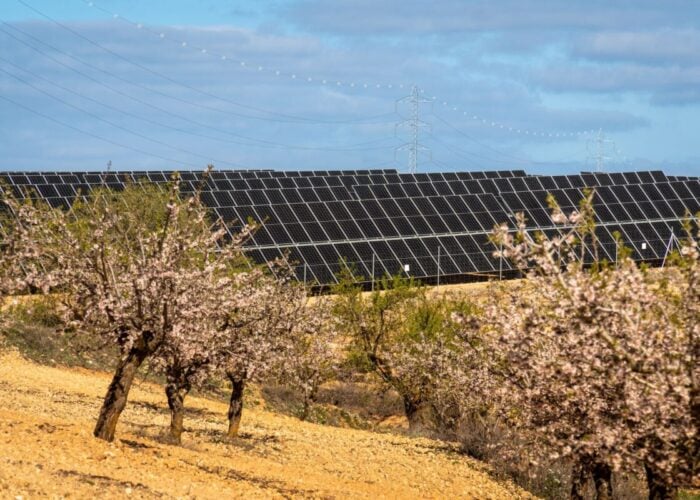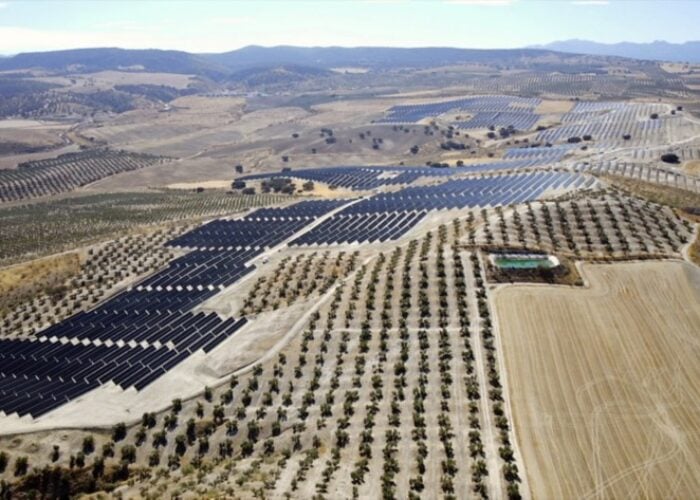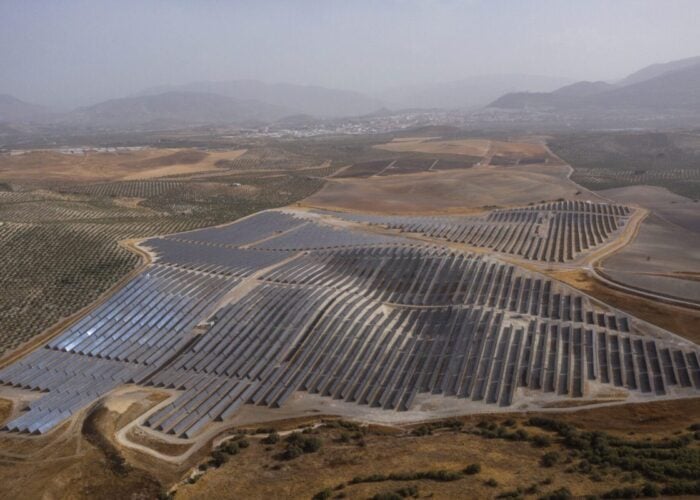
Spanish independent power producer Velto Renewables has partnered with renewables company Kenergy to develop 1GW of solar projects in Spain.
Under the agreement, both companies will co-develop early-stage solar power projects, which Velto Renewables said would benefit from the two companies’ “significant development, financial, technical, and operational expertise”. With this partnership, Velto Renewables can expand its footprint to more European countries, as prior to the deal, its portfolio only covered solar projects in Spain and offshore wind in the UK.
Try Premium for just $1
- Full premium access for the first month at only $1
- Converts to an annual rate after 30 days unless cancelled
- Cancel anytime during the trial period
Premium Benefits
- Expert industry analysis and interviews
- Digital access to PV Tech Power journal
- Exclusive event discounts
Or get the full Premium subscription right away
Or continue reading this article for free
“We are now starting to develop new projects in Spain, while continuing to implement various strategies to optimise the performance of our operating assets. This is a milestone as we work to grow our portfolio,” said Lucas de Haro, managing director of Velto Renewables.
Spain updated its target in the National Energy and Climate Plan (NECP) for installed solar PV capacity to 76GW by 2030 as announced by the Ministry of Ecological Transition (MITECO) in mid-2023. The new draft nearly doubled the previous target for installed solar capacity, which was set at 39GW.
Energy research company Rystad Energy also predicted that Spain will generate more than half of its power from renewable sources this year. The cumulative installed capacity of solar PV is expected to reach 27.4GW in 2023, jumping from 20.5GW in 2022.
Fabian Ronningen, senior renewables and power analyst of Rystad Energy, said three reasons are contributing to Spain’s solar energy transition, including a large push from authorities to get more renewables integrated into the grid, the country’s favourable solar resources and a lower population density.






